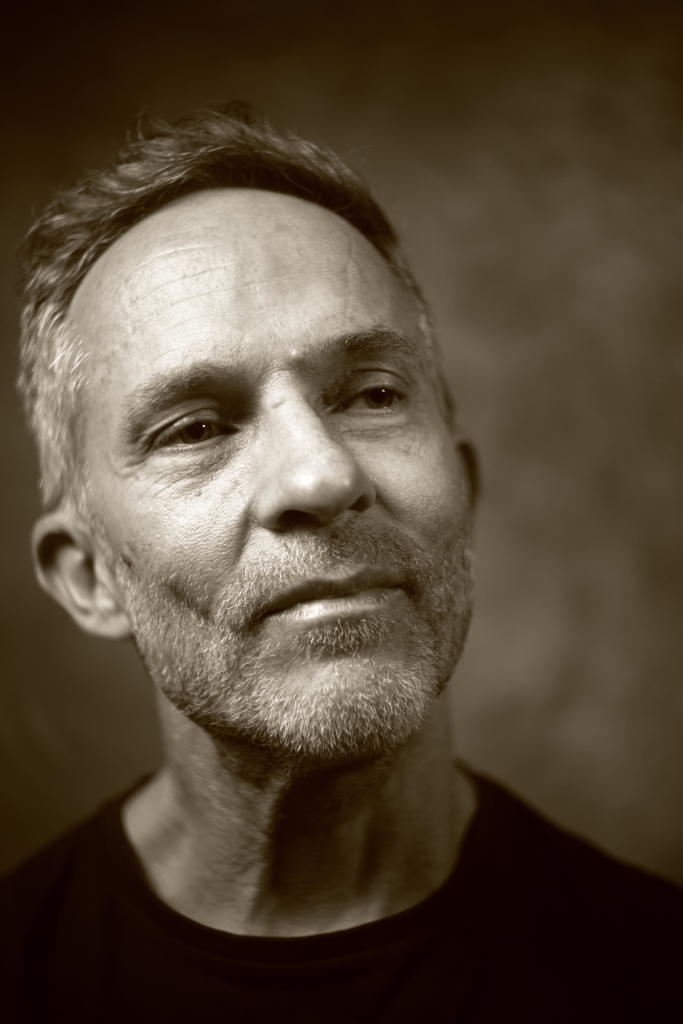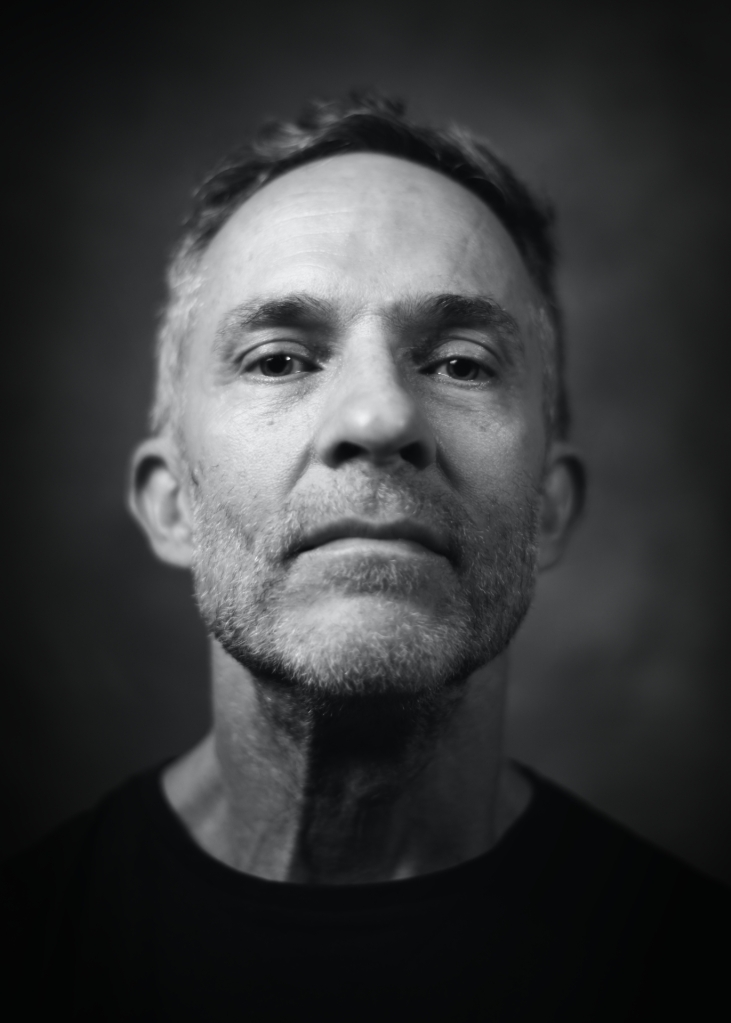The other day I was having a chat with a friend about artistic process in photography. I made some portraits of him, and we were discussing about my creative decisions when making his images.
I told him that I have been developing this process for more than a decade, when I started composing (or making) music using electronic instruments. Nowadays I’m more engaged with photography, but the creative process is about the same.
Firstly, I think about what I want as a final result, the intention behind that piece of work. Then, I start joining the pieces and making the body of work. In music, this means putting together several instruments, voices etc.; in photography, this is the editing or post-production process, the manipulation of elements such as contrast, colors and textures. The composing or editing process goes on for a while, always with a direction in mind.
—
Outro dia, estava conversando com um amigo sobre processo artístico na fotografia. Fiz alguns retratos dele, e estávamos discutindo sobre minhas decisões criativas ao fazer suas imagens.
Contei a ele que venho desenvolvendo esse processo há mais de uma década, quando comecei a compor (ou fazer) música usando instrumentos eletrônicos. Hoje em dia estou mais engajado com a fotografia, mas o processo criativo é praticamente o mesmo.
Em primeiro lugar, penso no que quero como resultado final, a intenção por trás daquele trabalho. Então, começo a juntar as peças e dar forma à obra. Na música, isso significa reunir vários instrumentos, vozes etc.; na fotografia, é o processo de edição ou pós-produção, a manipulação de elementos como contraste, cores e texturas. O processo de composição ou edição continua por um tempo, sempre com uma direção em mente.

When I am in the middle of the creative process, I feel a certain unease. This feeling won’t disappear until I reach a certain tipping point.
All of a sudden, after the last touch of sound or color, I feel that the work is finished. It is such a relief! I feel like I’ve removed a heavy weight from my back, I feel light and happy. This is something that I can’t intellectually describe, but I always feel it when an art work is finished. By art here I don’t mean the great art produced by Michelangelo or Dalì – it’s all about my humble pieces of art.
—
Quando estou no meio do processo criativo, sinto uma certa inquietação. Essa sensação não desaparece até que eu alcance um determinado ponto de inflexão.
De repente, após o última nota musical ou modificação de cor, sinto que a obra está terminada. É um alívio! É como se eu tivesse tirado um peso enorme das minhas costas, me sinto leve e feliz. Isso é algo que não consigo descrever intelectualmente, mas sempre sinto quando uma obra de arte está finalizada. Por arte, não quero dizer as grandes obras produzidas por Michelangelo ou Dali – tudo aqui se resume às minhas humildes peças de arte.

This is a tricky moment, and I learned that whenever I feel that the work is completed, I shall not try to modify or improve it. Any attempt to do so will be catastrophic, as it would only destroy what I have struggled to create.
Whereas in music we add elements (instruments, voices) until we compose a full song, in photography we have an opposite process. We start with a world full of objects, elements, colors and shapes and deconstruct this world. We reduce it (by selecting areas, cropping and manipulating light) until we reach the minimum elements that convey our message.
For these portraits, I wanted the shallowest depth of field. This would put the viewer in close contact with the subject. Maybe so close that we stop seeing obvious details and start connecting with him, noticing his look, emotions, expressions or thoughts. If I managed to do that, I’m very happy.
—
Este é um momento complicado, e aprendi que, sempre que sinto que o trabalho está concluído, não devo tentar modificá-lo ou melhorá-lo. Qualquer tentativa será catastrófica, pois só destruiria o que tanto lutei para criar.
Enquanto na música adicionamos elementos (instrumentos, vozes) até compor uma música completa, na fotografia temos um processo oposto. Começamos com um mundo cheio de objetos, elementos, cores e formas e desconstruímos esse mundo. Nós o reduzimos (selecionando áreas, recortando e manipulando a luz) até atingirmos o mínimo de elementos que transmitam nossa mensagem.
Para esses retratos, eu queria a menor profundidade de campo possível. Isso colocaria o espectador em contato próximo com o sujeito. Talvez tão perto que deixamos de ver detalhes óbvios e começamos a nos conectar com ele, percebendo seu olhar, emoções, expressões ou pensamentos. Se consegui fazer isso, fico muito feliz.

For those interested in the technical aspects, the editing process was very simple. I removed temporary blemishes (acne and other skin imperfections, stray hair) and converted the image to black and white. In many cases, I didn’t feel that B&W was conveying the feeling that I needed to express. So I added a single color, creating monochromatic images, or reducing the saturation and color pallete. All editing was subtle, I wanted to preserve a natural feeling.
—
Para os interessados nos aspectos técnicos, o processo de edição foi bem simples. Removi imperfeições temporárias (acne e outras imperfeições da pele, fios de cabelo soltos) e converti a imagem para preto e branco. Em muitos casos, não achei que o P&B transmitisse o sentimento que eu precisava expressar. Então, adicionei uma única cor, criando imagens monocromáticas ou reduzindo a saturação e a paleta de cores. Toda a edição foi sutil, minha intenção era preservar uma sensação natural.

I used a Canon full-frame camera and two lenses, a Zeiss 50mm f/1.4 and a vintage Helios 44-2 58m f/2 (made in the USSR in the 1980s). The lighting setup was a single softbox with grid on the left side as key light and a flash with small diffuser on the right for fill light.
As I usually stop down the lens (f/5.6 or more) to kill the ambient light and shape the light only with the softbox, I can’t use wider apertures, such f/2 or less. In order to achieve a very shallow depth of field while using artificial light, I added a 10-stop ND filter, so I could reach f/1.4 without overexposing the image.
—
Usei uma câmera full-frame da Canon e duas lentes, uma Zeiss 50mm f/1.4 e uma Helios 44-2 58m f/2 vintage (fabricada na URSS na década de 1980). A configuração de iluminação era uma softbox com grid do lado esquerdo como luz principal e um flash com difusor pequeno do lado direito como luz de preenchimento.
Como costumo fechar a lente (f/5.6 ou mais) para eliminar a luz ambiente e moldar a luz apenas com a softbox, não posso usar aberturas mais amplas, como f/2 ou menos. Para obter uma profundidade de campo muito rasa usando luz artificial, adicionei um filtro ND de 10 stops, para poder chegar a f/1.4 sem superexpor a imagem.
Discover more from Claudio Meluzzi
Subscribe to get the latest posts sent to your email.
